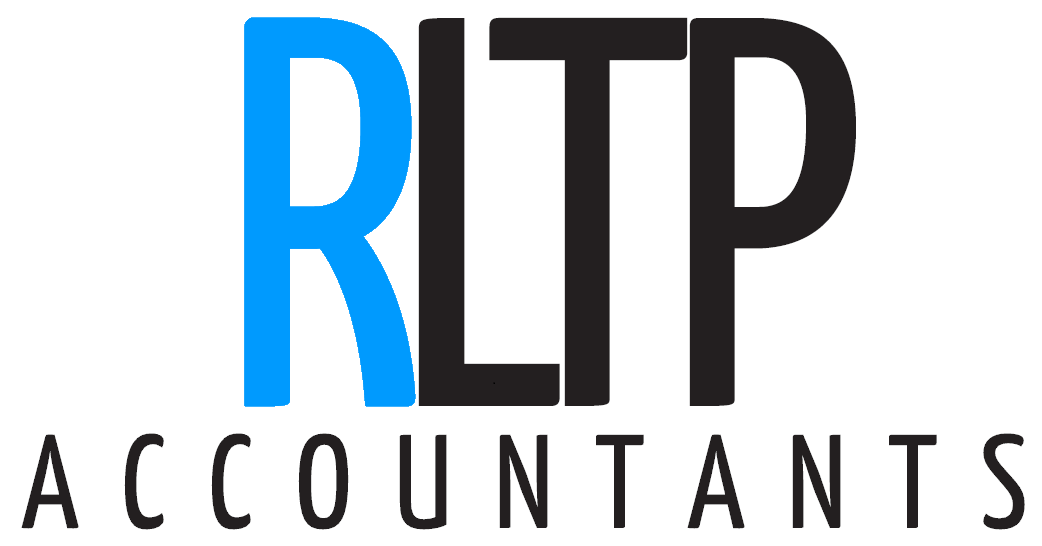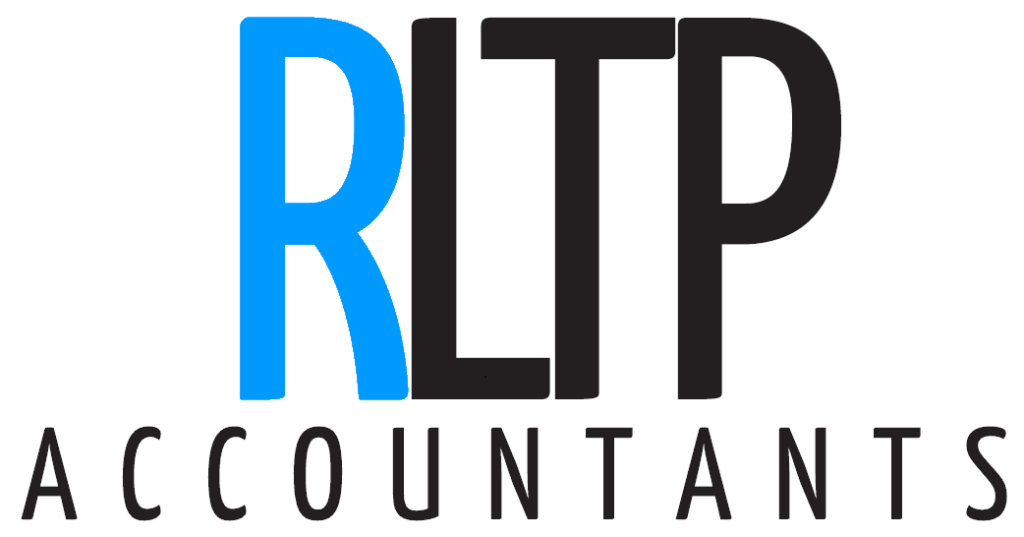We’re slowly approaching the end of the tax year for 2022/23 and there’s a lot that people need to think about as this time approaches. Whether you’re looking to top up your pension before prices increase or need to make provisions for allowance changes, we’re all looking into ways in which we can benefit the most in terms of paying as little tax as possible before any changes are put in place. In this article, we’ll discuss how you can get the most out of your ISAs, your pension, your investments, your Capital Gains Tax allowance and your right to give gifts to loved ones.
1. Get as much as you can out of your ISA
An ISA is an incredibly straightforward way of saving money, especially seeing as the allowance is £20,000 per tax year. The allowance covers both the Cash ISA and the Stocks and Shares ISA, but an individual can have more than one ISA if they so wish. As of 2022/23, the allowance on an ISA isn’t set to deviate from £20,000.
But if you don’t use all of your allowance, then you’ll lose it the following tax year, meaning you cannot carry it over into the next year. ISAs are tax-free which means they are exempt from both Income Tax and Capital Gains Tax. This means that it’s an incredibly tax-efficient way of both saving money (with a Cash ISA) and investing money (with a Stocks and Shares ISA). If you can afford to put nearly £20,000 into your ISA every tax year, then make sure you use it.
Important things to note: ISA rules 2022/23
The ISA allowance for 2022/23 has been set at £20,000. If you have children who are utilising a Junior ISA, then the allowance stands at £9,000 for 2022/23. If you have more than one ISA, such as a Stocks and Shares IDA or a Cash ISA, you’ll be able to spread your ISA allowance across all of them.
Alternatively, you could put the entire £20,000 into a single ISA, if you wish. The only restriction is that you can’t pay into more than one Stocks and Shares ISAs within the same tax year. This is much the same for Cash ISAs, whereby you can’t put money into more than one in any tax year. However, you can open a new ISA of any type with a new bank or provider every tax year.
If you’re a married couple, then you’ll be able to put up to £40,000 into an ISA between you that will be tax-free. Although something to be aware of is that you’ll be able to choose how much, or how little, of the £20,000 allowance you want to invest each tax year but you cannot carry it over, so to speak, into the next tax year. Once the new tax year begins, any leftover allowance you have will be wiped and reset.
2. Top up your pension, if possible
There is a limit on how much you can top your pension up by before it’s no longer tax-efficient. This is otherwise known as the Annual Allowance, which is currently set at, equivalently, your relevant taxable income for that year which consists of a maximum of £40,000.
On the other hand, if you’re a higher earner, then the Annual Allowance could fall to as low as £10,000. On the other hand, there’s something called ‘Carry Forward’, whereby any unused Annual Allowance can be followed over from up to three years previously. However, you need to be able to qualify for the ‘Carry Forward’ scheme. To qualify, you need to meet the following criteria:
- Pension contributions must have used up all of your annual allowance in the tax year that you want to follow forward
- You have to be a member of the UK-registered pension scheme
- You must have used any unused annual allowance from the earliest year first and it can only be used once
- You need to cross-check your unused annual allowance against the tapered allowance for every given year, if you’re subject to tapered annual allowance
3. Make tax-efficient investments
Investments into VCTs, EIS and SEIS, for example, come with income tax and Capital Gains Tax advantages, therefore making them favourable for people who would like to invest their money without being stung with a considerable amount of tax to pay. If the investment has been held for the requisite period of time, the capital gains that are made on those investments are free from Capital Gains Tax.
Another way in which this is advantageous is that it is possible to defer any Capital Gains Tax that might come up on other assets that come to light throughout the same year as a qualifying investment. There are also annual limits when it comes to income tax relief that can be obtained within any tax year:
- EIS – £1 million with 30% income tax relief
- SEIS – £200,000 with 50% income tax relief
- VCT – £200,000 with 30% income tax relief
If you’re looking to get as much as possible out of your investments, then make sure you consult with a financial adviser or with a specialist accountant, such as us here at RLTP Accountants. We have a team of highly-experienced, fully-qualified accountants who are experts in Capital Gains Tax, Inheritance Tax, Income Tax and more. We’re in the best possible place to be able to advise you on what would be best, both from a tax and an investment point of view.
4. Maximise your Capital Gains Tax allowance
As already touched upon, here at RLTP Accountants, we’re able to professionally advise our clients on everything you need to know about Capital Gains Tax, from how it works to your annual allowance. We’ll be best placed to talk to you about how you can maximise your Capital Gains Tax allowance without being landed with significant tax bills.
Firstly, the Annual Exempt Amount (AEM), which is where you don’t have to pay Capital Gains Tax on any profits made from sales, is £12,300. If, however, your gain from a sale exceeds the aforementioned amount, then Capital Gains Tax will need to be paid. Although, it’s important to remember that, in April 2023, the allowance will reduce to £6,000 and in April 2024, it will reduce again to £3,000. If you want to get the most out of your Capital Gains Tax allowance, then make sure you make provisions for it or make your sale as soon as possible, especially if you’re set to make more than £6,000.
5. Make gifts to loved ones
If you’re looking to reduce the amount of Inheritance Tax that’s paid on your estate, then make sure you give your friends and/or family gifts as soon as possible, if you can. A gift could range from a particular item, either of some value or not, or a monetary amount in the form of a cheque or bank transfer. You’ll be able to make a series of tax-free gifts throughout the tax year.
It’s important to note, however, that if you have gifted someone some money and you pass away within seven years of giving that money away, then that value will be counted towards your estate and Inheritance Tax will have to be paid on some or all of it, depending on the timeframe in which you died. To make things easier to understand, read our article on Inheritance Tax. Here, we’ll discuss the ‘Seven Year Rule’ and how gift-giving works in more detail.
RLTP Accountants are specialist accountants with many years of experience in the industry. With a team of dedicated professionals at the helm of everything we do, you can always count on us to provide you with the services you need to get your finances in order. Whether you’re a business looking for bespoke accounting services, including payroll, bookkeeping and more, or a domestic client looking for clarification on Capital Gains Tax and/or Inheritance Tax planning, RLTP Accountants can always be relied upon to help. For more information about our unrivalled accountancy services, get in touch with a member of our friendly, knowledgeable team today – we’re always pleased to operate throughout Derby, Nottingham, Leicester, Belper and the surrounding areas.


